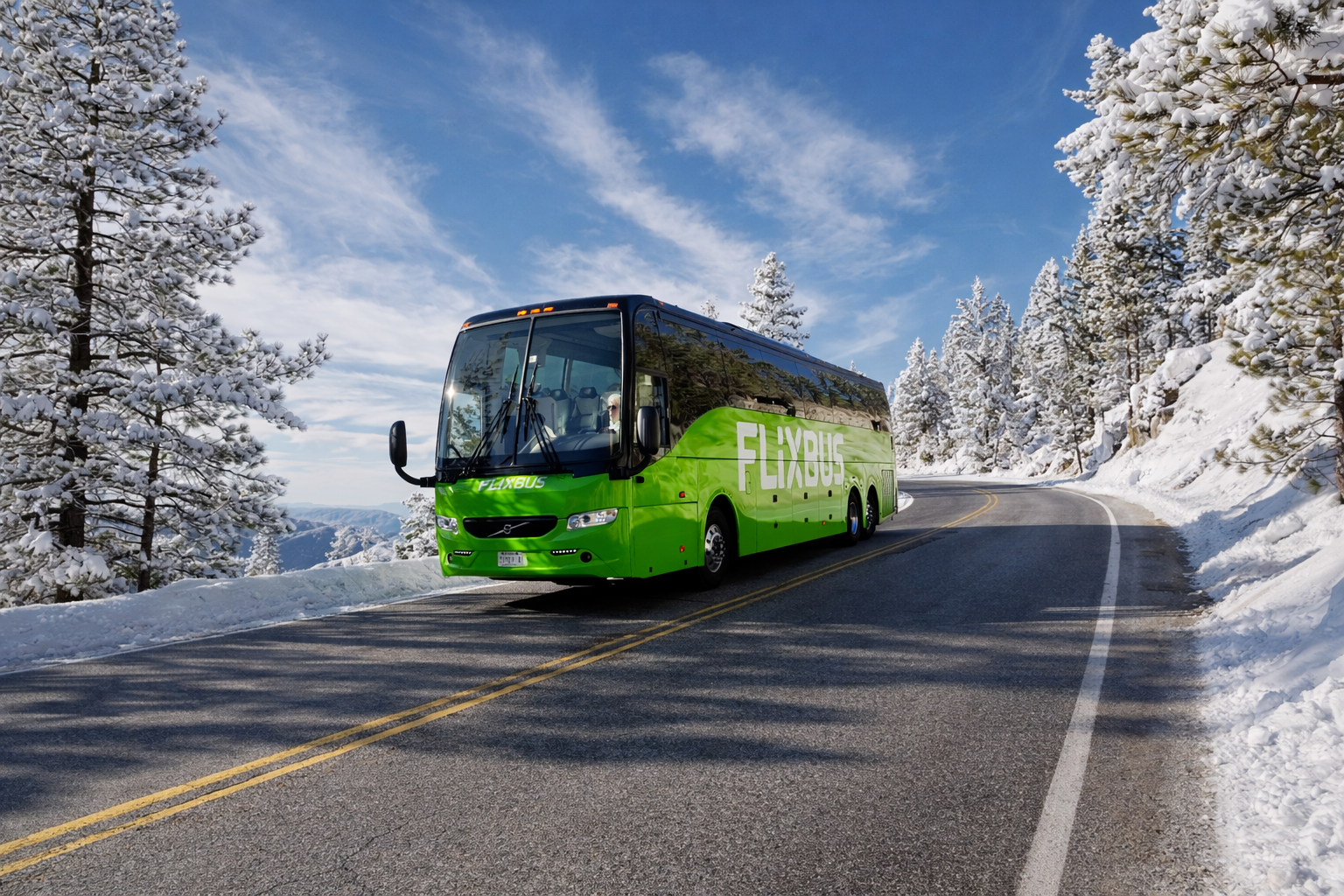UPDATED 5:43 p.m. with more details from NHTSA on eligible grant activities.
Yesterday, U.S. DOT launched a new campaign called "Everyone Is a Pedestrian," including $2 million in grants that will be awarded to as many as six focus cities for pedestrian safety education and enforcement initiatives. While $2 million is peanuts in the grand scheme of the nation's pedestrian safety needs, it's notable that Transportation Secretary Anthony Foxx is focusing on walking so early in his tenure.
“Whether you live in a city or a small town, and whether you drive a car, take the bus or ride a train, at some point in the day, everyone is a pedestrian,” said Foxx in a statement. “We all have a reason to support pedestrian safety, and now, everyone has new tools to help make a difference.”
The feds have invited 22 focus cities, where pedestrian crashes are especially prevalent, to apply for the funds. Up to six will be selected to receive grants. NHTSA says the total number of awards and the funding level of each award will depend on the quality of the proposals submitted for consideration.
Specifics about the program are still in short supply. NHTSA hasn't yet responded to a request for detail about what the $2 million will be used for. Let's hope the safety messages focus mainly on what drivers can do to prevent injuries and deaths.
Grants will support the implementation of education and enforcement efforts in the cities' Pedestrian Safety Action Plans, and so the final determination of what the money gets used for will largely depend on the solutions identified by the cities themselves. "Common problems include speeding and drivers not yielding to pedestrians in crosswalks," the agency said. NHTSA anticipates possible grant activities to include things like the following:
- A comprehensive education and enforcement activity that supports active infrastructure improvement projects. For example, having enforcement and education activities in areas surrounding repainted crosswalks or newly-installed mid-block crosswalks.
- Improved data and analysis of pedestrian crashes to identify trends, high risk populations and high crash locations.
- Development and implementation of an education campaign focusing on the high risk groups identified through crash analysis.
- Deployment of enforcement operations in high crash locations (corridors and/or intersections).
- Evaluation of the countermeasures used to reduce pedestrian deaths and injuries.
Some of the online resources that accompany the pedestrian safety campaign have conventional messages with "safety tips" for both drivers and pedestrians. But there is one resource that looks like it's a cut above the rest.
NHTSA released an excellent walkability checklist [PDF], encouraging parents to walk around their neighborhood with their kids, take note of obstacles to safe walking, and take action to remediate them. The checklist focuses on the quality of sidewalks and street crossings, and it includes a significant focus on driver behavior. If the $2 million goes toward taking action on checklist items like new crosswalks, traffic calming, increased driver enforcement, and school street safety programs, it would be money well spent.
The 22 focus cities are: Phoenix, AZ; Los Angeles, CA; San Diego, CA; San Francisco, CA; Stockton, CA; Washington, DC; Fort Lauderdale, FL; Jacksonville, FL; Miami, FL; Orlando, FL Atlanta, GA; Louisville, KY; New Orleans, LA; St. Louis, MO; Newark, NJ; New York City, NY; Tulsa, OK; Philadelphia, PA; Dallas, TX; Houston, TX; Ft Worth, TX; and San Antonio, TX.
The grant program and safety campaign were announced at the same time that NHTSA released new pedestrian safety statistics for 2011 [PDF]. “The 4,432 pedestrian fatalities in 2011 were an increase of 3 percent from 2010, but a decrease of 7 percent from 2002,” NHTSA reported. “In 2011, pedestrian deaths accounted for 14 percent of all traffic fatalities, and made up 3 percent of all the people injured in traffic crashes.” In 2010, pedestrians accounted for 13 percent of traffic fatalities. For the two years before that, they accounted for 12 percent, up from 11 percent every year between 2002 and 2007.






